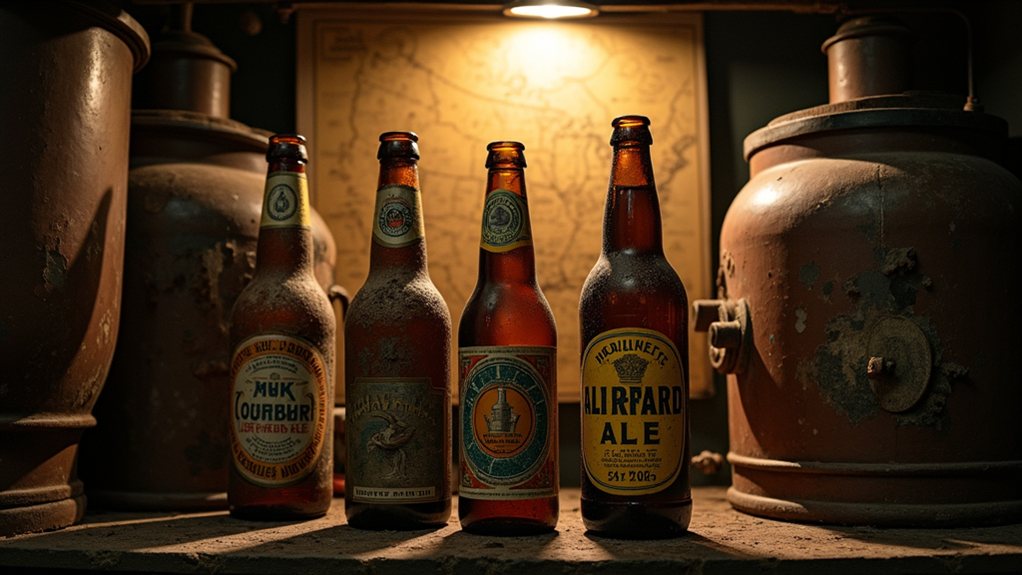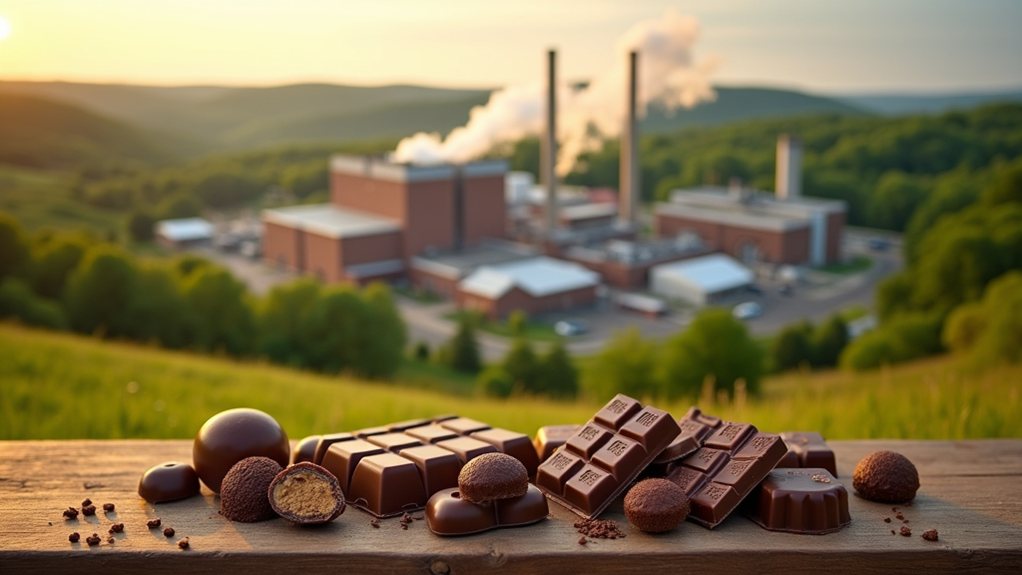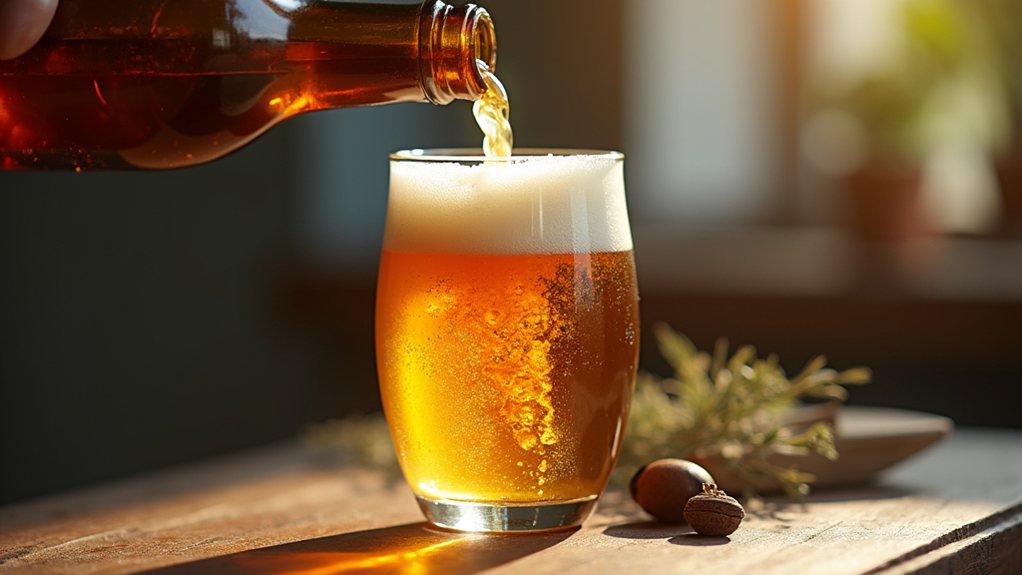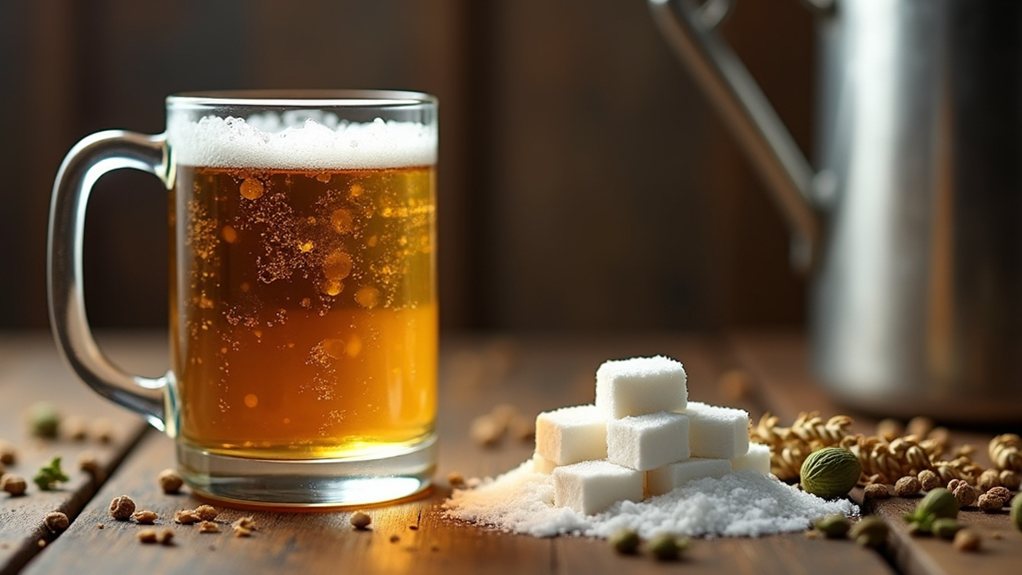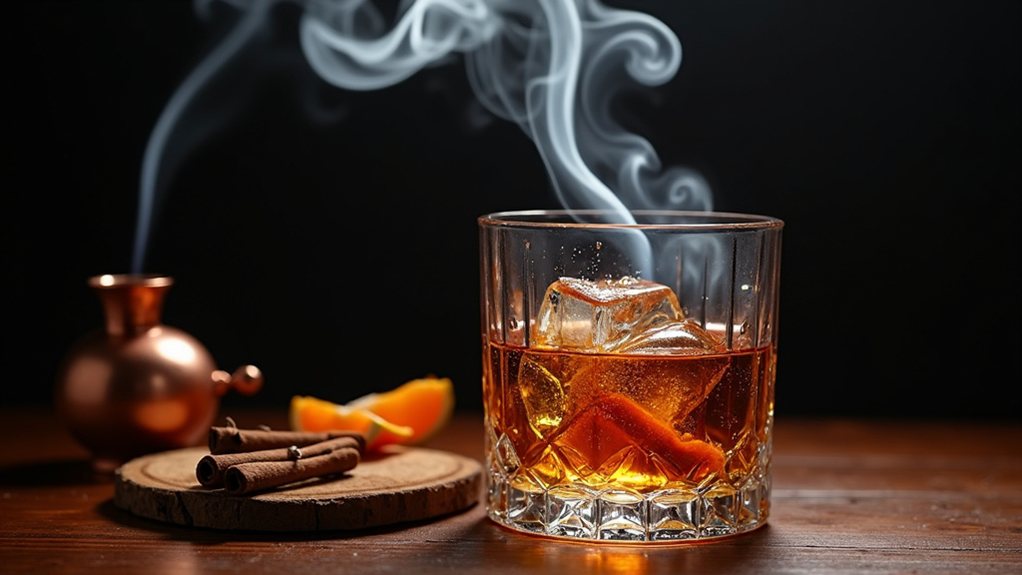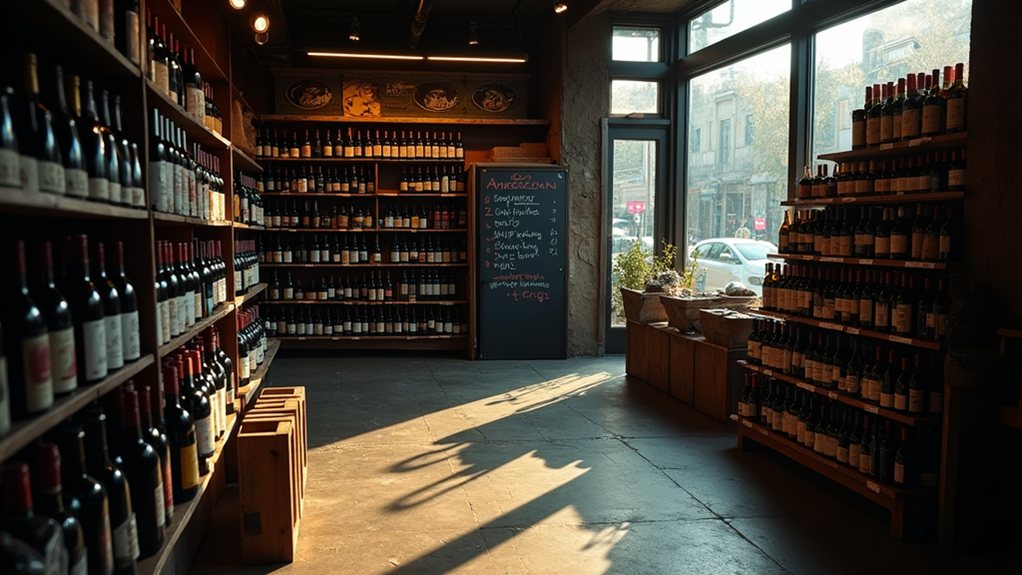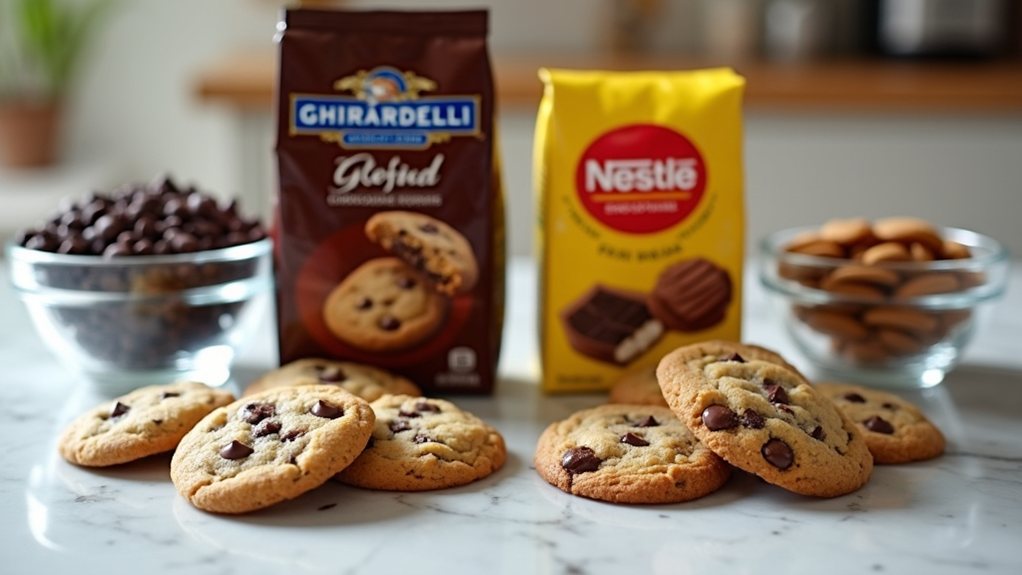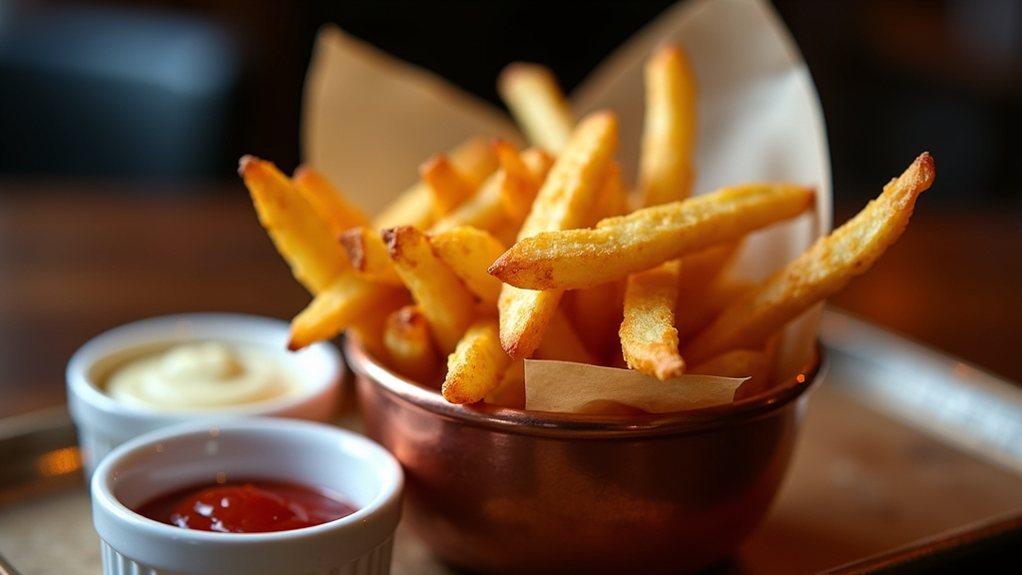Many wine enthusiasts wonder why their palate seems stagnant despite years of casual sipping. The difference between hobbyists and serious tasters often lies not in natural ability, but in methodical approach. Serious tasters create structured learning experiences, document their impressions systematically, and actively seek diverse flavor profiles that challenge their perceptions. They engage with wine communities where expertise flows freely, turning casual enjoyment into intentional education. The transformation from casual drinker to discerning taster requires more than just opening bottles.
The Fundamentals of Developing Your Wine Palate
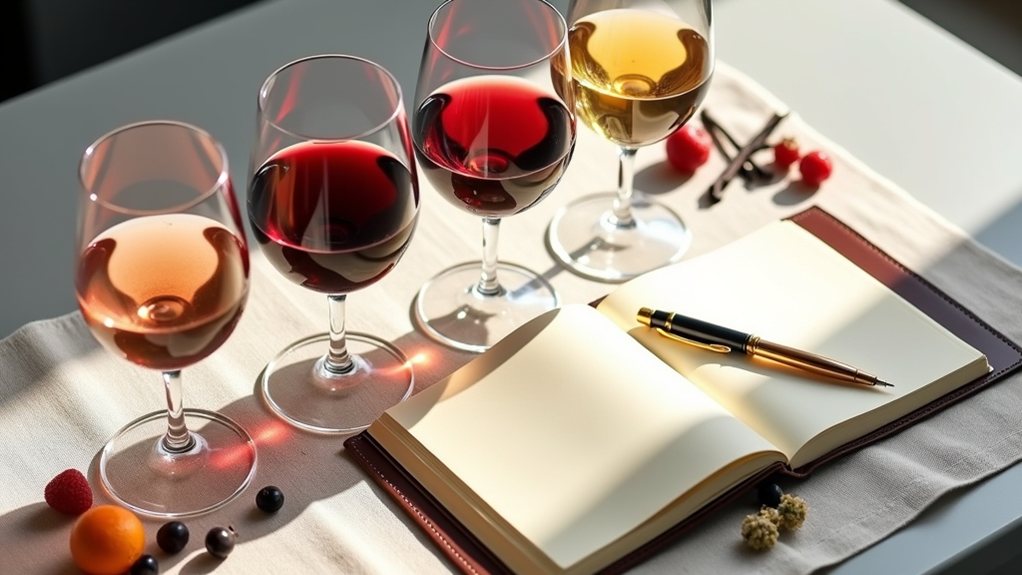
Wine tasting, while often perceived as an activity reserved for connoisseurs, can be enjoyed by anyone willing to develop their palate and understanding of different varieties. However, many casual wine enthusiasts find their tasting skills plateau despite repeated experiences. This stagnation often stems from overlooking fundamental aspects of sensory evaluation that serious tasters prioritize.
The art of wine tasting isn’t exclusive—it’s simply a skill many enthusiasts fail to develop due to overlooked fundamentals.
A common mistake is rushing through tastings without proper preparation. Experienced tasters know that making reservations at wineries is essential, as popular venues fill up weeks in advance. They also avoid wearing perfumes or colognes that interfere with wine aromas, allowing for a more authentic sensory experience. Furthermore, they plan adequate travel time between wineries, ensuring they’re not rushed during each tasting session. Food and wine pairing experiments are essential, as complementary flavors can dramatically enhance both the wine and food experience. Even unexpected combinations like bubbly wines and cheeseburgers can create a perfectly balanced dining experience.
The systematic approach to wine evaluation separates novices from connoisseurs. Serious tasters begin with visual inspection, noting color and clarity before moving to aromas. They swirl the glass deliberately to release scents, taking steady, deep breaths to identify the full range of fragrances. When tasting, they consider multiple components: acidity, tannins, body, and mouthfeel, rather than simply deciding if they “like” or “dislike” a wine. Serving wines at proper temperatures ensures their flavors and aromas are fully expressed, allowing tasters to experience the wine as intended by the winemaker.
Documentation plays a significant role in palate development. Keeping detailed notes during tastings helps track preferences and revelations over time, creating a personal reference guide. Many enthusiasts fail to progress because they don’t record their experiences, missing opportunities to identify patterns in their preferences. Understanding wine terminology like “terroir” helps enthusiasts better articulate their observations and deepens their appreciation for what they’re tasting.
Practice and exposure remain the cornerstones of improvement. Serious tasters regularly investigate diverse varieties, expanding their sensory vocabulary through consistent engagement with different wine styles. They understand that developing a sophisticated palate requires patience and persistence, not just occasional indulgence.
Wine clubs offer an avenue for accelerated learning through regular tastings, exclusive events, and interaction with industry professionals. By approaching wine with curiosity and structure, tasters can transform their experiences from simple enjoyment to nuanced appreciation, breaking through plateaus toward a more refined understanding of wine’s complex character.


